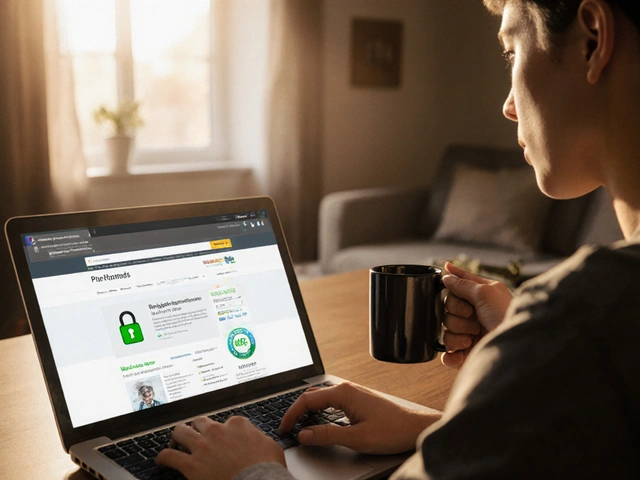Dapagliflozin Treatment – What You Need to Know
If you’ve been prescribed dapagliflozin, you’re probably wondering what the pill actually does and how to take it right. In short, dapagliflozin belongs to a class called SGLT2 inhibitors. It helps kidneys dump extra sugar in urine, which lowers blood glucose without needing more insulin.
How Dapagliflozin Lowers Blood Sugar
The drug blocks a protein named sodium‑glucose co‑transporter‑2 (SGLT2) located in the kidney’s filtering units. When SGLT2 is blocked, glucose that would normally be re‑absorbed stays in the urine and leaves the body. This results in lower blood sugar levels over time.
Because it works outside of insulin pathways, dapagliflozin can be added to many other diabetes medicines, even if you’re already on metformin or a GLP‑1 agonist. It also tends to cause modest weight loss and a slight drop in blood pressure, which many patients find helpful.
Practical Tips for Using Dapagliflozin
Take dapagliflozin once a day, preferably in the morning with or without food. Stick to the same time each day so your body gets used to the routine. The usual starting dose is 5 mg; doctors may increase it to 10 mg if glucose control isn’t enough.
Stay hydrated. Since the drug pushes water and sugar out of your system, you might feel thirstier than normal. Drinking plenty of fluids helps avoid dehydration and reduces the chance of urinary tract infections (UTIs), which are a known side effect.
If you notice any signs of infection – like burning when you pee, foul odor, or fever – call your doctor right away. These symptoms can signal a UTI or a yeast infection, both more common with SGLT2 inhibitors.
Keep an eye on your blood pressure, especially if you already take medication for hypertension. Dapagliflozin can lower it a bit, so you might need to adjust other meds under medical guidance.
Don’t stop the pill abruptly without talking to your clinician. Sudden discontinuation may cause glucose levels to rise quickly, undoing weeks of progress.
For people with kidney problems, dapagliflozin isn’t always suitable. Your doctor will check kidney function before starting and may repeat tests every few months.
Avoid excessive alcohol while on the drug because it can increase the risk of low blood sugar (hypoglycemia) if you’re also using insulin or sulfonylureas.
Finally, track your progress. Use a log to note fasting glucose numbers, any side effects, and how you feel day‑to‑day. Sharing this information with your healthcare team makes dose adjustments easier.
Dapagliflozin isn’t a cure, but it’s a handy tool for many living with type 2 diabetes. By understanding how it works and following simple daily habits, you can maximize its benefits while keeping risks low.
Dapagliflozin: FAQ, Guide, and Expert Answers for Diabetes and Heart Health
Got questions about dapagliflozin? This in-depth article covers what to expect, the science behind dapagliflozin, side effects, tips for managing diabetes and heart issues, and quotes from medical experts. Unlock practical advice and up-to-date answers for everyday concerns about dapagliflozin treatment.
About
Medications
Latest Posts


Amoxicillin for Tonsillitis: Dosage, Effectiveness, and Side Effects
By Orion Kingsworth May 29, 2023

Combining Multiple Sedatives: The Hidden Danger of CNS Depression
By Orion Kingsworth Nov 29, 2025

How to Safely Buy Cheap Generic Zoloft Online in 2025
By Orion Kingsworth Oct 12, 2025

